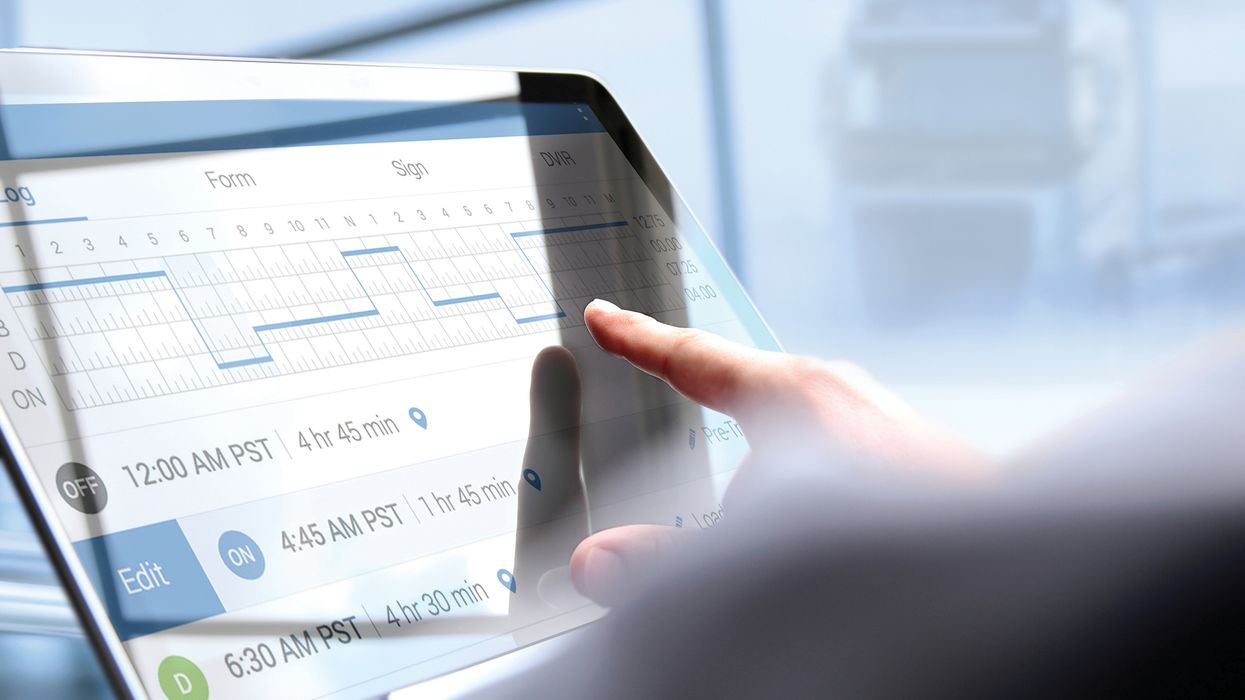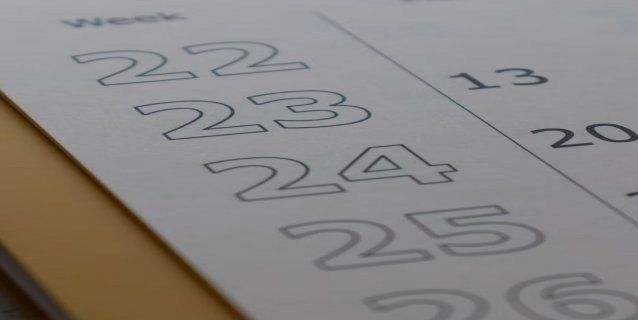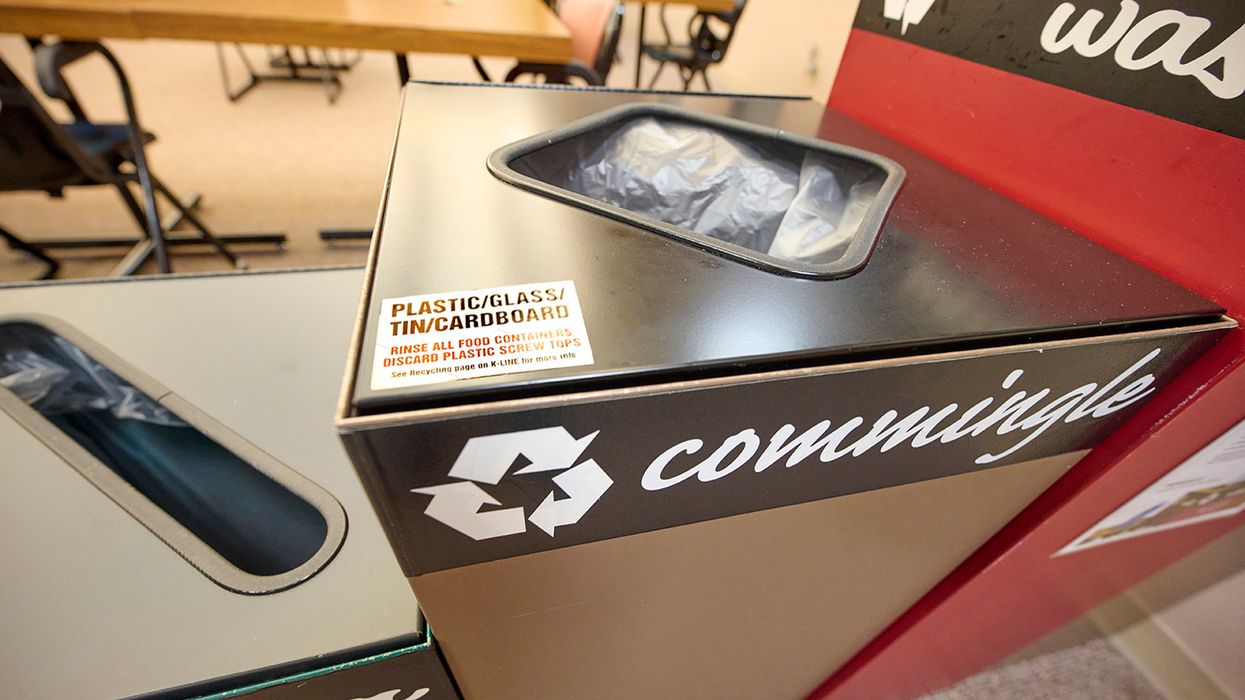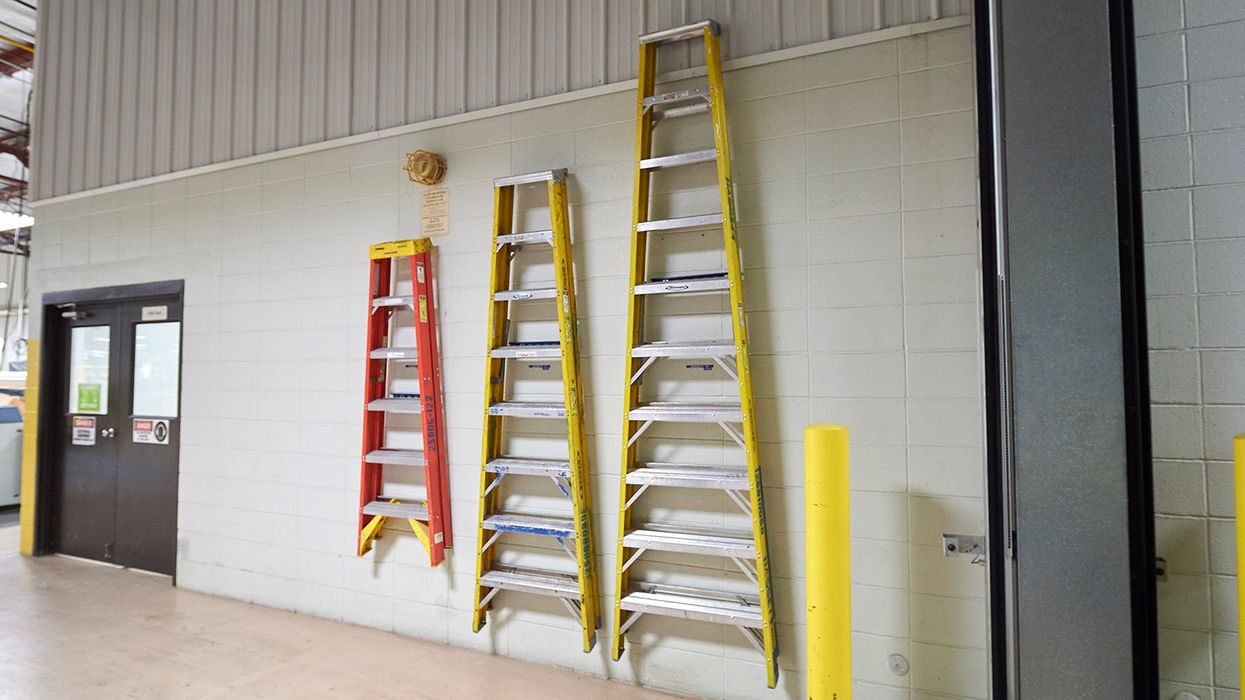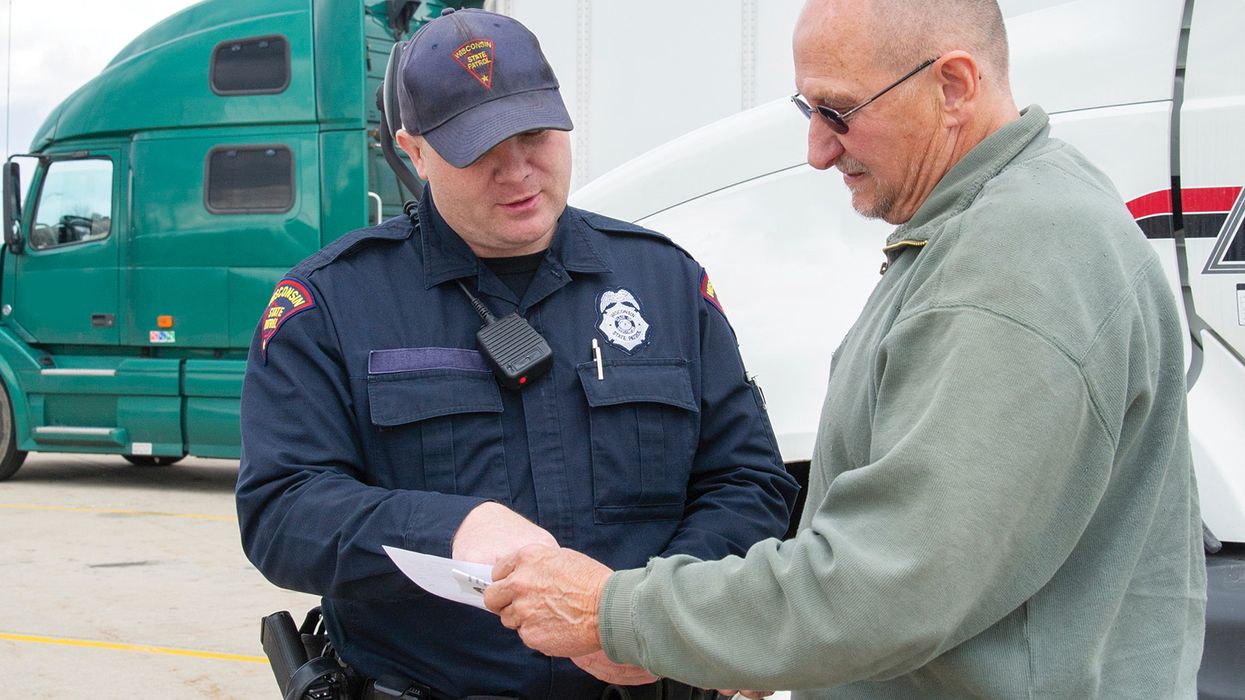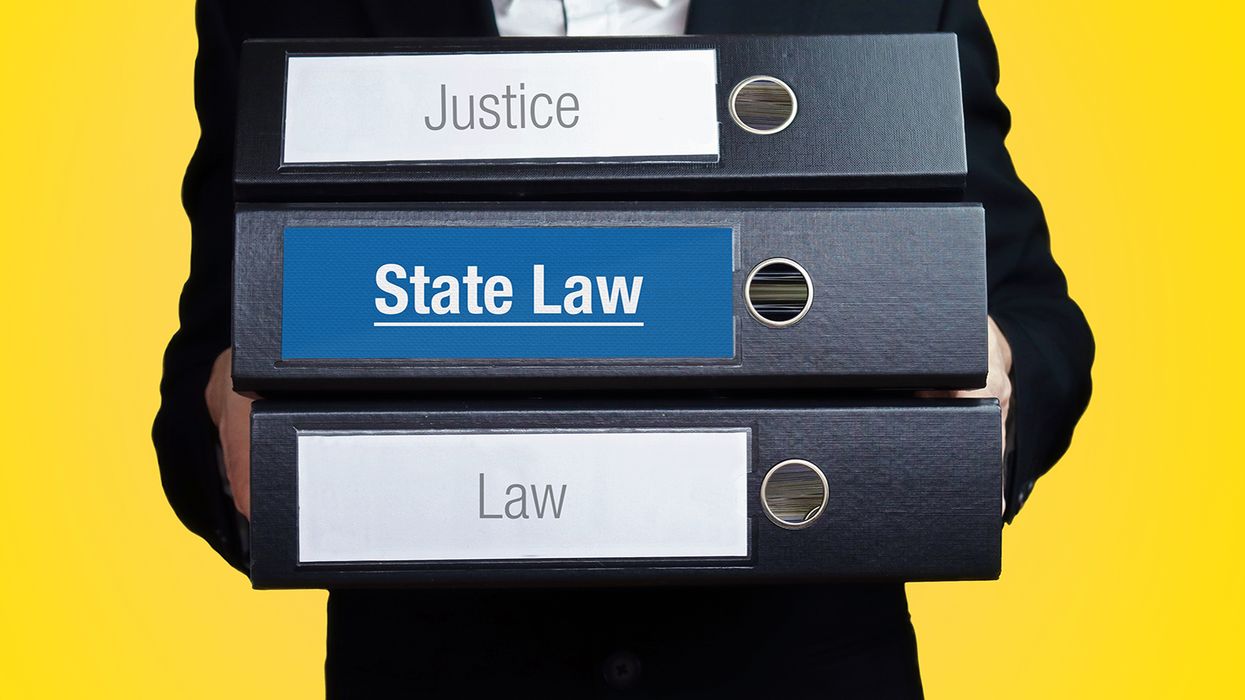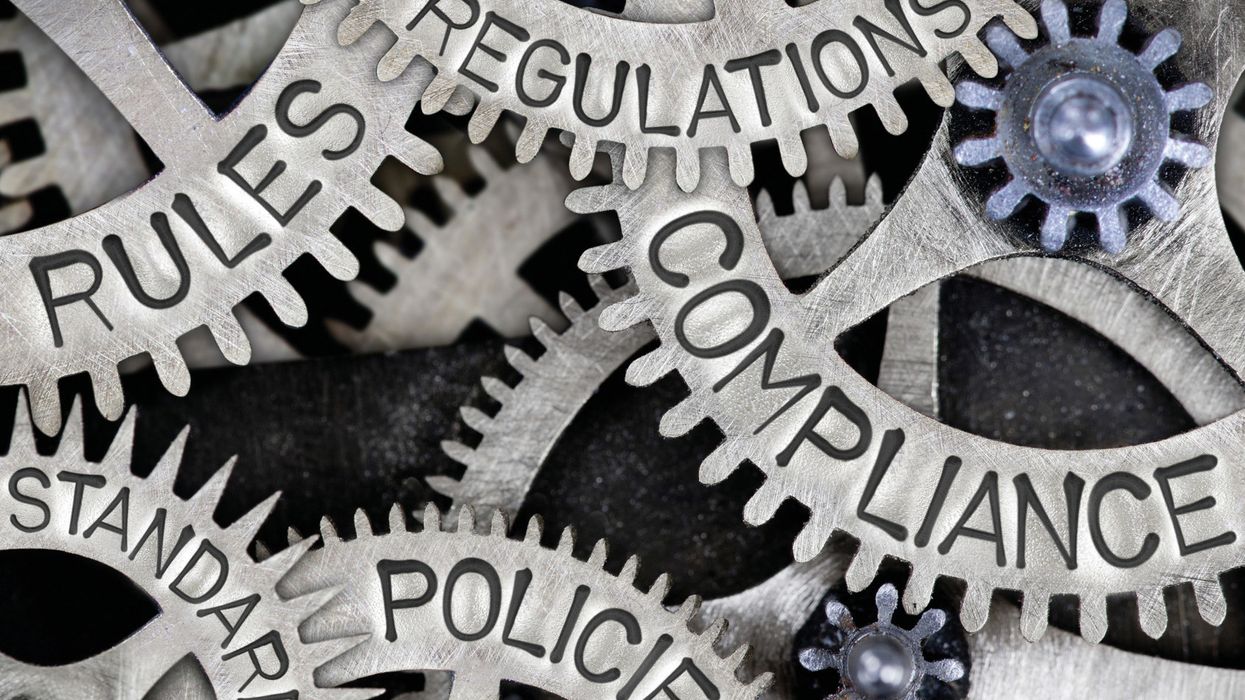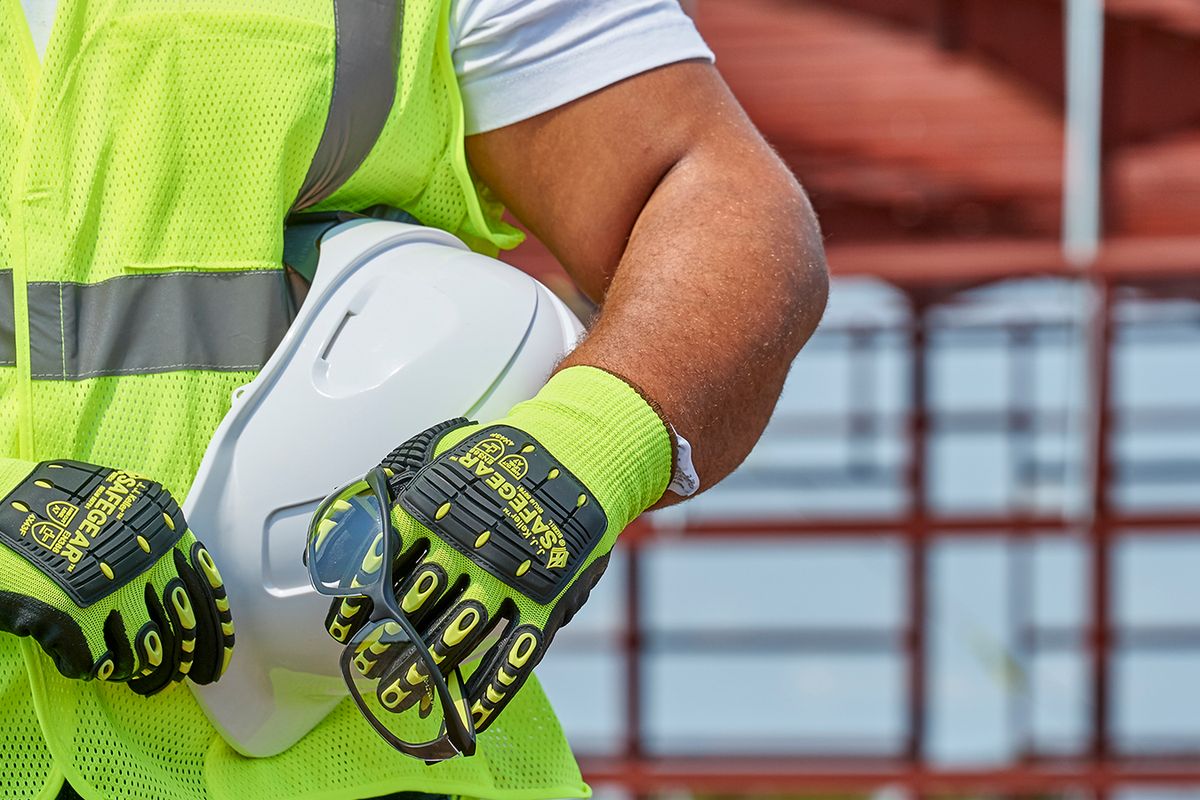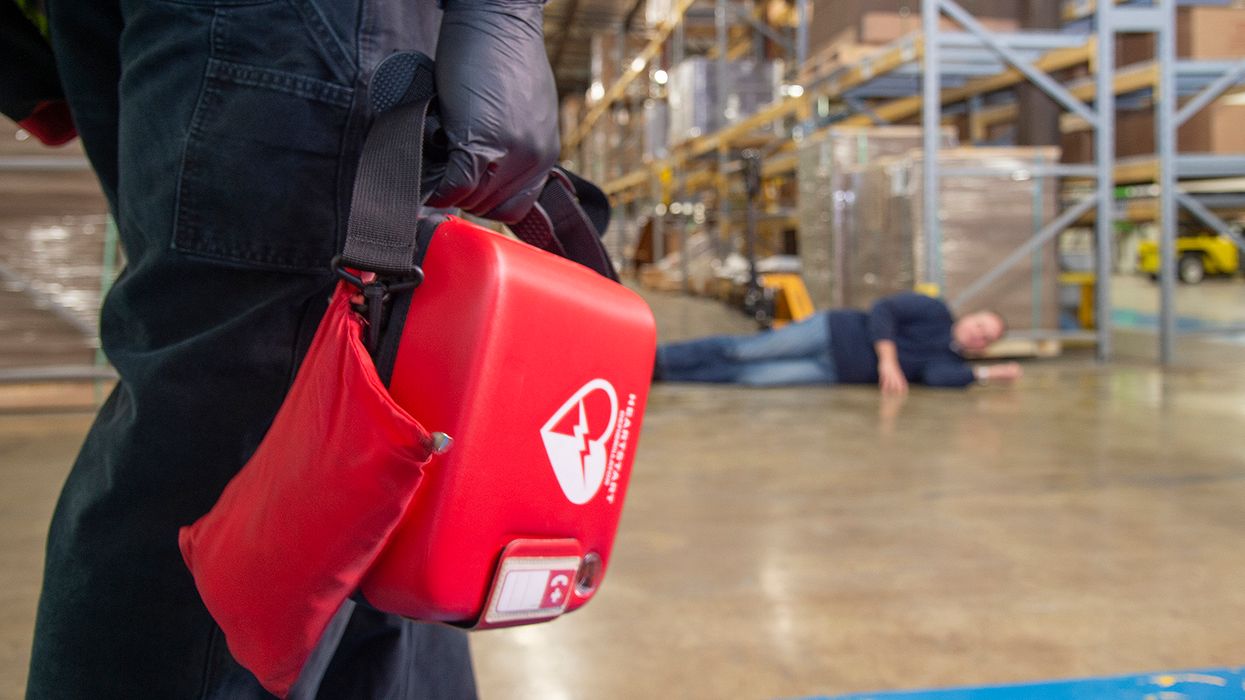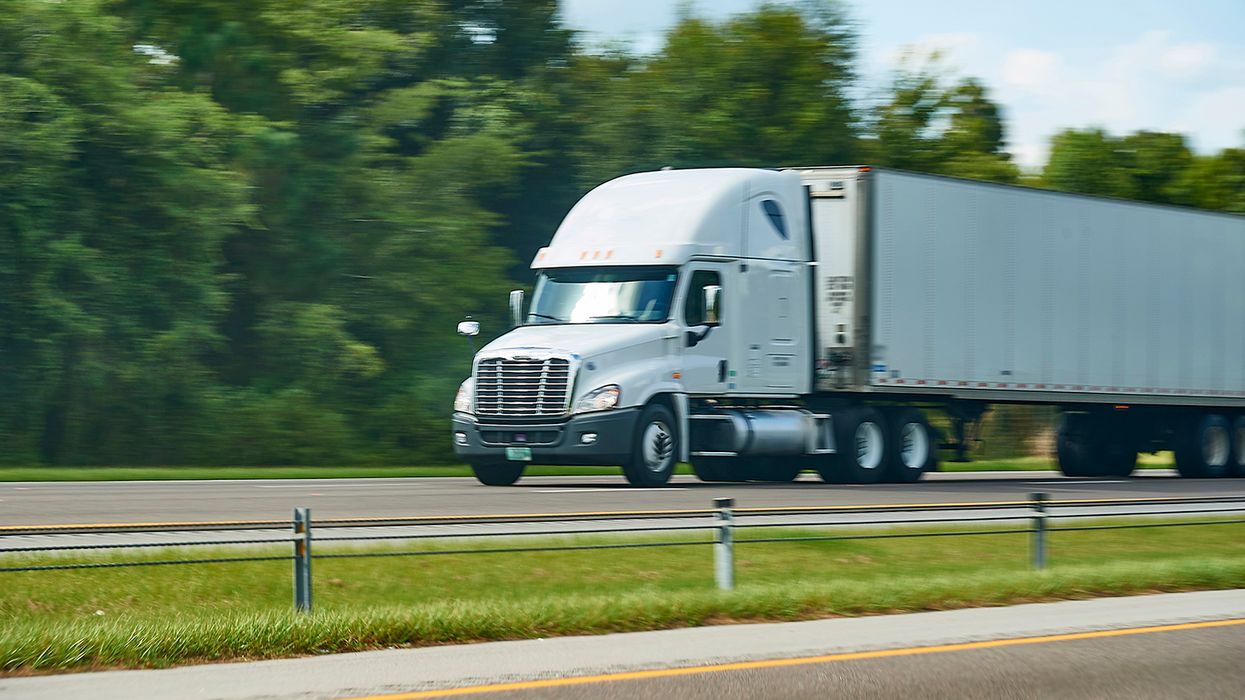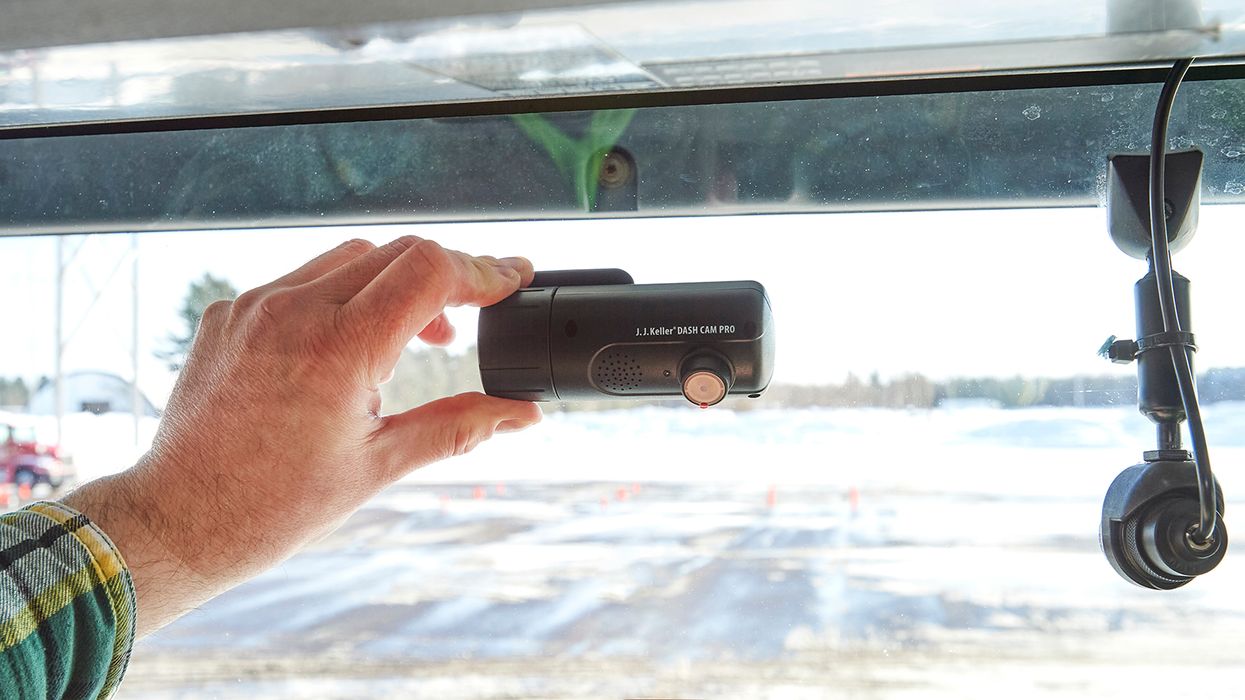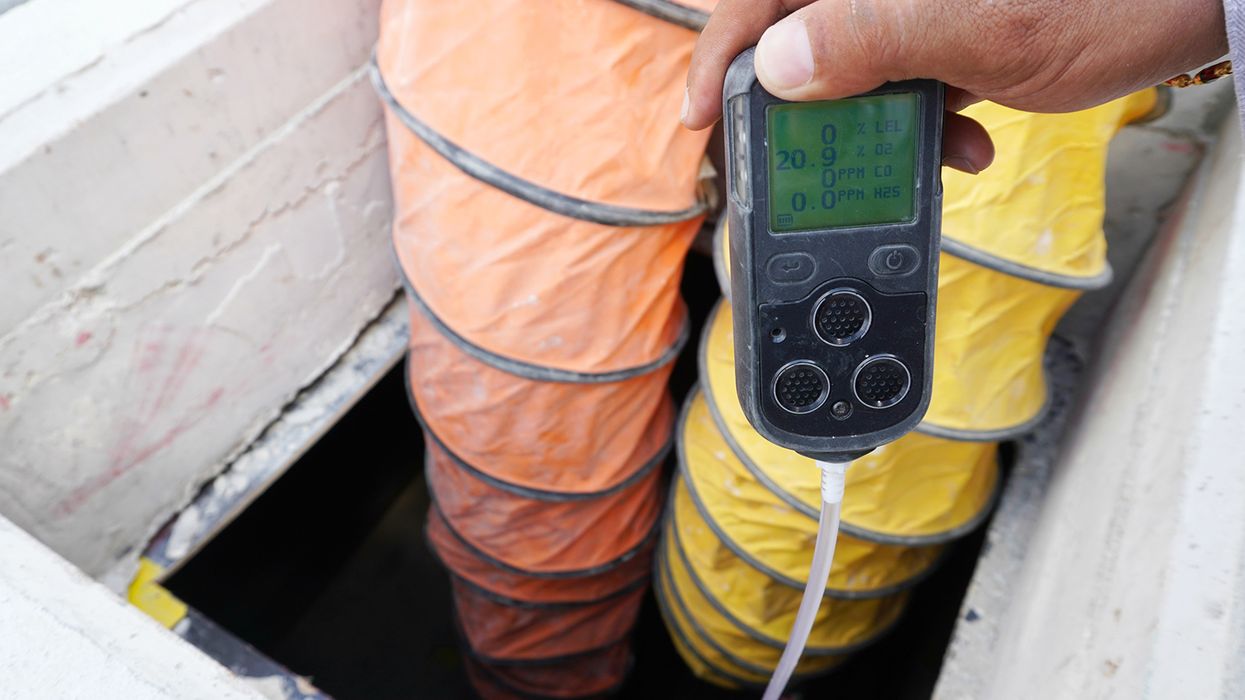New guidance clarifies when you can propose ELD edits
Motor carriers cannot propose edits to a driver’s electronic log until the log is complete and turned in, according to new guidance from the FMCSA.
The agency has clarified that 49 CFR 395.30 prohibits motor carriers from requesting changes to a driver’s logs before they have been certified and submitted by the driver.
Regulation is unclear
The guidance may have been necessary because the regulation itself could be misread. It says a motor carrier may request edits “on review of a driver’s submitted records.”
The guidance clarifies that the driver must not only submit the records but must first certify them before the company can propose a change.
Why propose an edit? The rules make clear that edits are meant to “ensure accuracy.” If, through internal log auditing, you find that something is not quite right about a driver’s log, you may propose an edit to make sure the driver is aware of the alleged mistake and has the chance to fix it.
What happens next?
After proposing edits to a driver’s submitted log, the driver must either:
- Agree to make the edit, annotate the record to indicate why the edit was made, and then recertify and resubmit the record; or
- Reject the proposed change.
With ELDs, the driver is “in the driver’s seat” and their reputation is on the line. The driver is charged with making sure their logs are accurate and so they have the power to reject any edits that are proposed, even if failing to make the edit puts them in violation.
Avoid coercion and harassment
You can’t force drivers to accept a proposed edit. Depending on your motivation, doing so could result in a claim that you tried to coerce or harass a driver:
- Under 390.36, motor carriers are prohibited from using information available through an ELD to harass drivers, i.e., in a way that you know (or should know) will result in an hours-of-service violation.
- Under 390.6, motor carriers are prohibited from threatening drivers with an employment action (such as layoff, a cut in pay, withholding work, etc.) for refusing to violate any of the Federal Motor Carrier Safety Regulations.
It may go without saying, but never try to coerce a driver into making a false entry on their hours-of-service records.
What about drive time?
One of the main purposes of an ELD is to make accurate and automatic recordings of a driver’s time behind the wheel. That’s why the ELD rules prohibit the shortening of “driving” time in almost all cases except the following (depending on the capabilities of the ELD system):
- Drive time can be reassigned to the correct driver in a team if it was wrongly assigned.
- Drive time recorded while the vehicle was powered off and not in motion, after the driver failed to change their duty status before turning the vehicle off, may be edited to the correct status.
- Drive time accepted from the “unidentified driver” profile in error may be returned to the unidentified driver profile.
Note that drivers may accept a portion of unidentified drive time if only part of the driving belongs to them. Drivers may also change the status of unidentified driving time after accepting it, to convert it to “personal use” or yard move” if they failed to select that status before driving.
Key to remember: New FMCSA guidance explains that you may not propose an edit to a driver’s ELD record until it has been certified and submitted. It’s important to know when editing is and is not allowed, and what role the driver and motor carrier play in the process.

